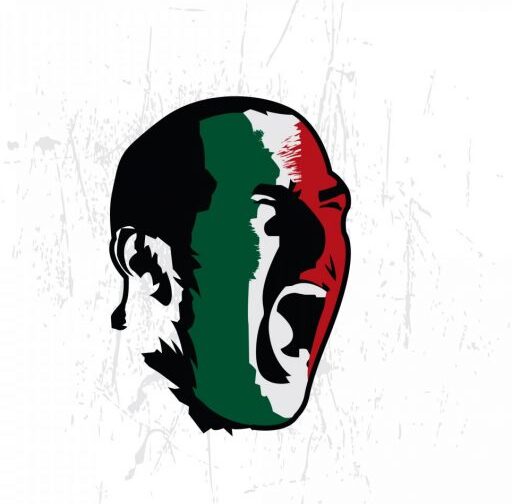 When Ciro Immobile scored against Parma last season, it was his 22nd goal of a productive season. That figure was enough to earn him a big money move to Borussia Dortmund in Germany’s glamourous Bundesliga.
When Ciro Immobile scored against Parma last season, it was his 22nd goal of a productive season. That figure was enough to earn him a big money move to Borussia Dortmund in Germany’s glamourous Bundesliga.
For all their protests of Immobile ticking a number of prescribed boxes, Jurgen Klopp’s side had effectively taken a punt on a young striker with one good season behind him.
Dismissive as that point may be, it illustrates a problem that seems as prevalent across Europe as it is in Serie A, a dearth of top quality strikers.
Those that finished behind Immobile last season demonstrate it rather well. Luca Toni fits the bill, but is approaching 40. Carlos Tevez plays a lead striker, but offers an all-action version of attacking. Antonio Di Natale comes under the same umbrella as Toni: a talented veteran. Gonzalo Higuain is the purest striker on the list; he cost more than €35 million — funds unavailable to most Serie A clubs.
This season promises the same. Jose Callejon, ostensibly a winger, is leading the charge for Napoli, while AC Milan are issuing statements decrying the role of Jeremy Menez who has found an unexpectedly rich vein of form as a false 9. Fernando Torres is now part of the Rossoneri squad and finds himself comfortably outscored by Menez (7-1). Roma’s Mattia Destro does not feature in every game — rather representing an option to call upon if needed.
It seems that the prima punta (centre-forward) as an idea is dying out and a rich part of Italian football culture will be lost. The forwards of old were the players upon which fans could hang their hats and rely on being figureheads as well as spearheads.
A glance at the top scorers list from — picking an example at random — 1995-96 is indicative of that.
The imperious Igor Protti and Giuseppe Signori sat atop it, with Enrico Chiesa, Gabriel Batistuta and Marco Branca just behind. Udinese’s Oliver Bierhoff, just before his Euro ’96 triumph, was trailing them.
That said, it is perhaps worth noting that the top two teams that season were AC Milan and Juventus — neither of which had a representative in the top scorers list; George Weah being the Rossoneri’s leader with 11 goals.
In Immobile, Torino had a ‘chance’. The fans knew that there was a striker that, even against the best teams, could nick a goal and that if he did so, they might get a result.
That was the same threat that Igor Protti carried (even though his Bari side were relegated). It was the same as Giuseppe Signori brought to Lazio, and the Biancocelesti did enough to get up to third.
The fact that strikers such as Alessandro Matri and Stefano Okaka have stocks so high as to be reserves for Antonio Conte’s Italy side only further exacerbates the point. Neither has ever scored more than 15 goals in a season, a benchmark that leading strikers around Europe reach as a matter of course.
 Yet the numbers suggest something different. Last season, 12 players scored 15 goals. That figure has risen in each of the last five seasons, from just five in 2009-10. Seeing Di Natale, Diego Milito, Fabrizio Miccoli, Giampaolo Pazzini and Alberto Gilardino, it is hard to describe those five as anything other than pure strikers.
Yet the numbers suggest something different. Last season, 12 players scored 15 goals. That figure has risen in each of the last five seasons, from just five in 2009-10. Seeing Di Natale, Diego Milito, Fabrizio Miccoli, Giampaolo Pazzini and Alberto Gilardino, it is hard to describe those five as anything other than pure strikers.
In short, the traditional prima punta seems to be a dying breed in Italy… and possibly even in Europe. In his place, Serie A is able to demonstrate a range of players who can score a fair amount of goals without their teams relying too heavily on any one striker.
Football, it appears, has changed. It is more a team game than ever. Our expectations must change with it.
Follow Marco Jackson on Twitter at: @Marco4J



